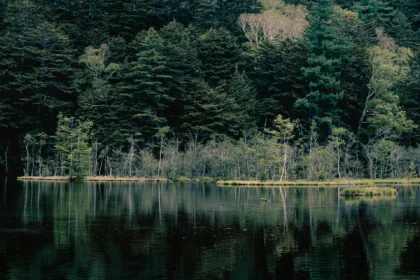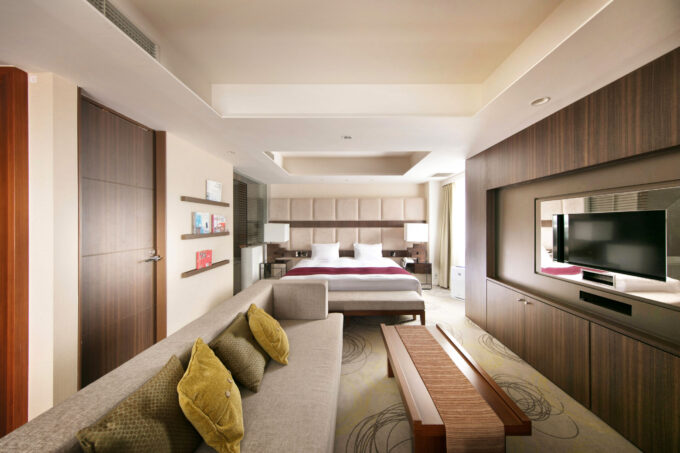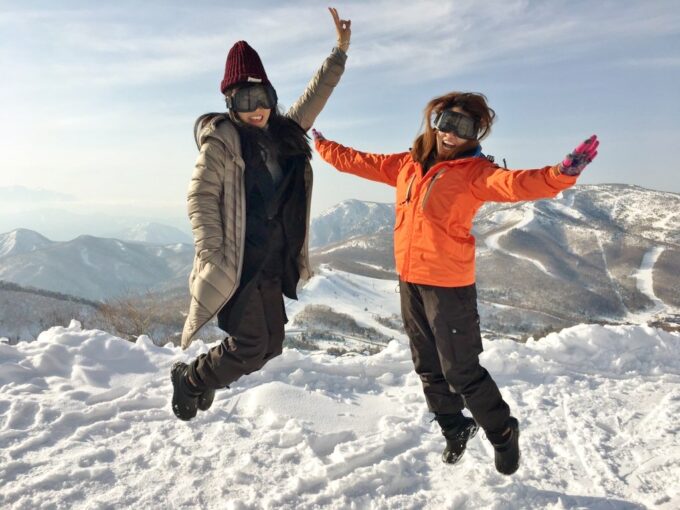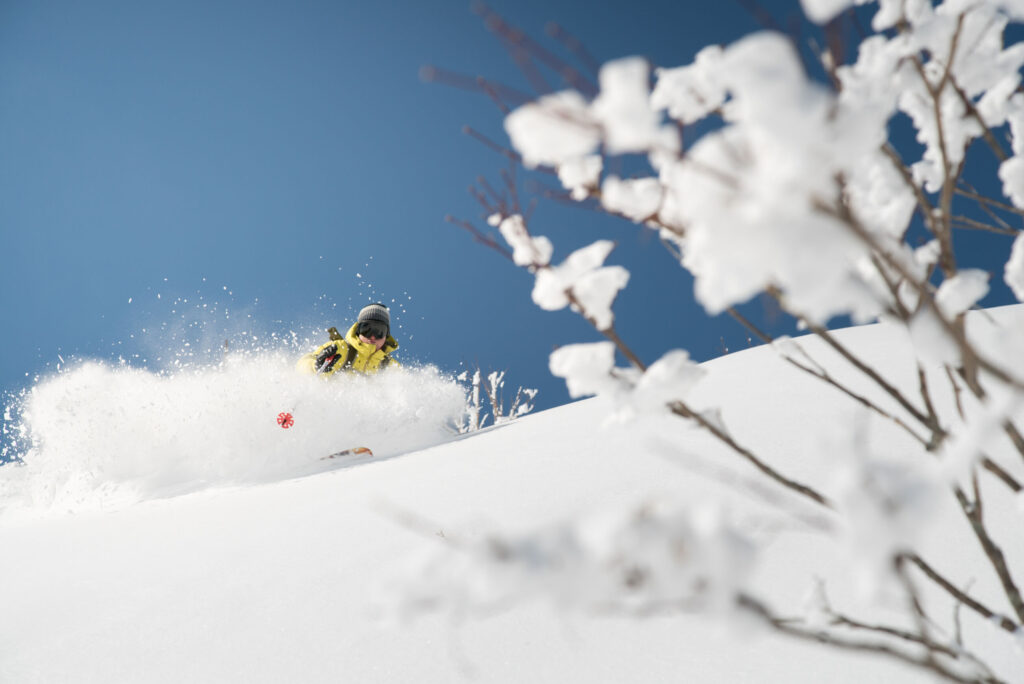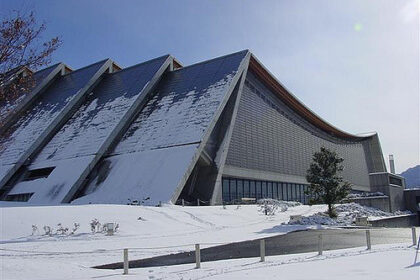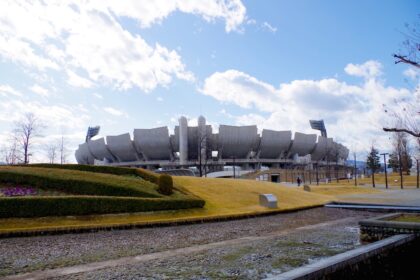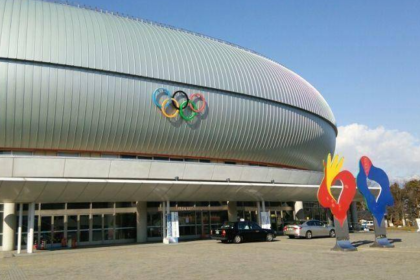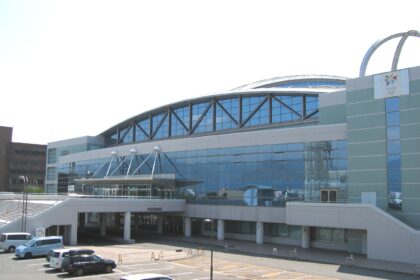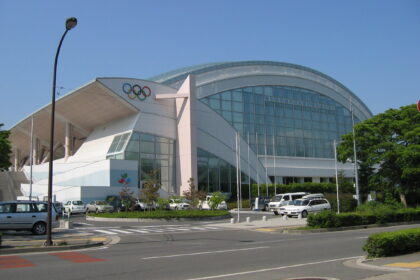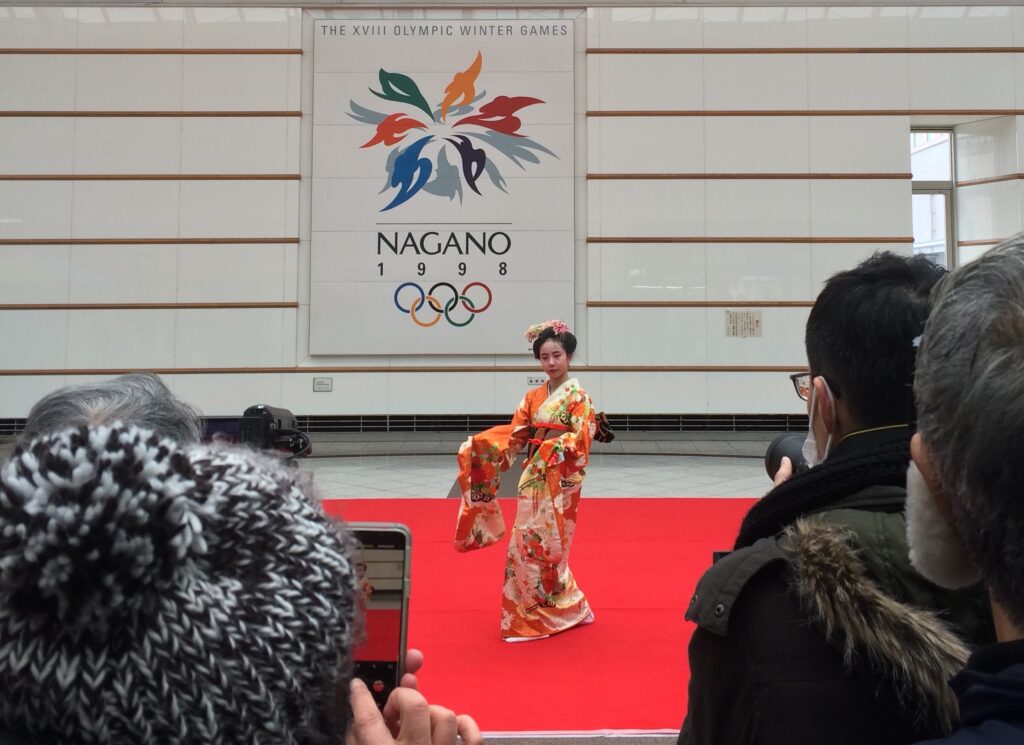
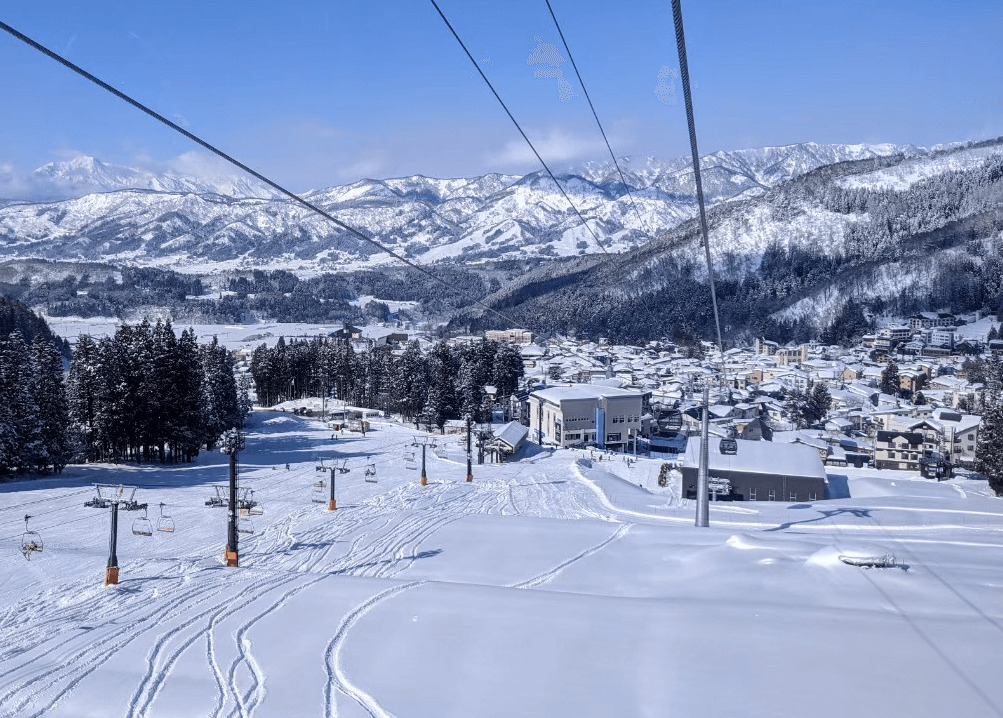
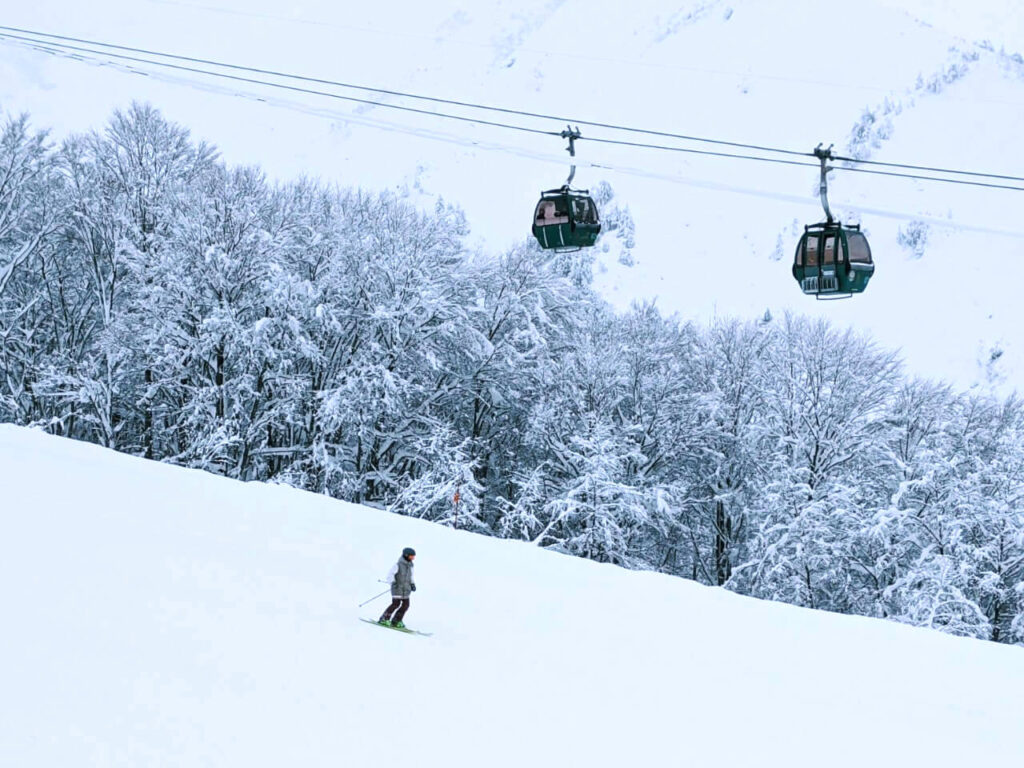
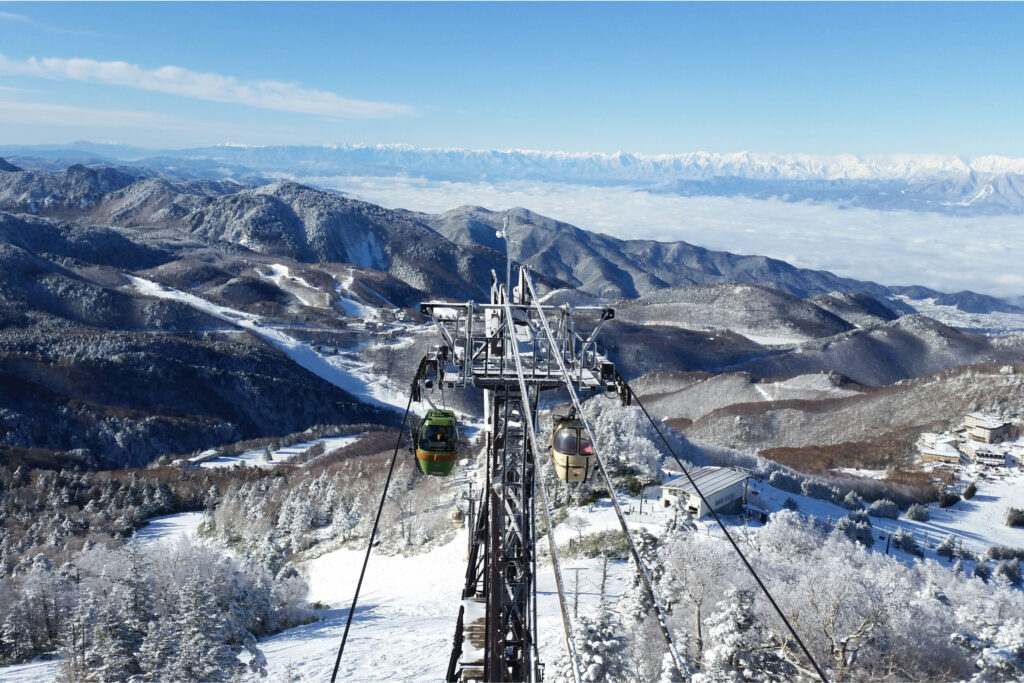
During the Olympics, events took place at various resorts across the prefecture and venues in Nagano City. Today, most of the host resorts and venues remain open and can be visited by the public including Olympic courses at several ski resorts – the perfect way to test your Olympic pedigree and relive the spirit of Nagano 1998.
-- The History of the 1998 Nagano Winter Olympics
-- Ski Resorts of the 1998 Winter Olympics
-- Olympic Venues in Nagano City
-- Tours and Charters to Olympic Sites
THE HISTORY OF THE 1998 NAGANO WINTER OLYMPICS
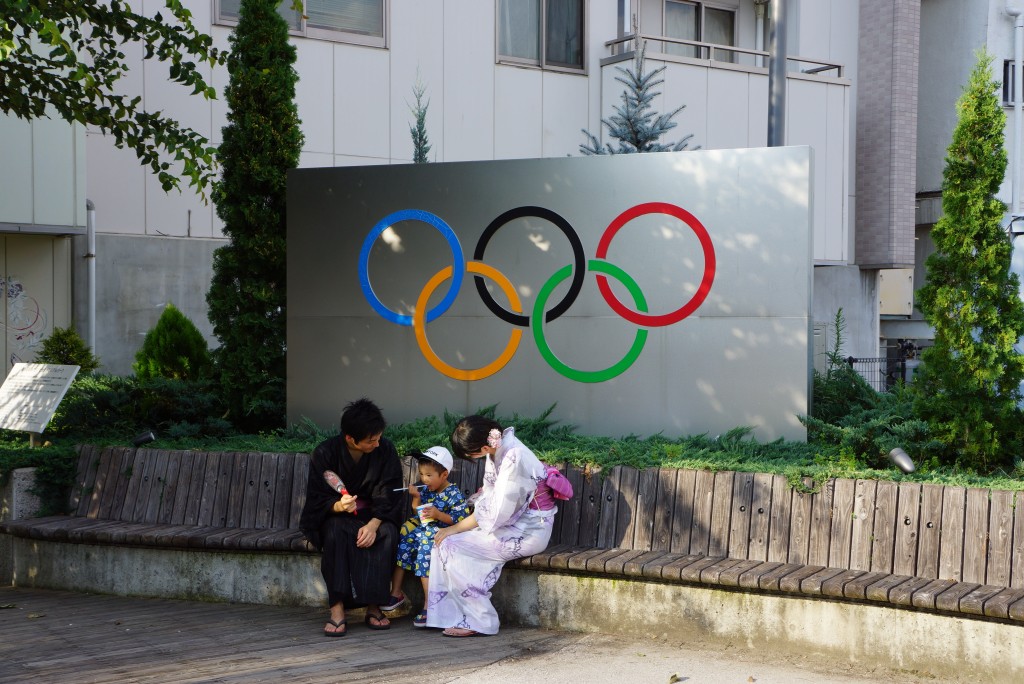
On February 7th 1998, the XVIII Olympic Winter Games opened at the Olympic Stadium in Nagano City. Around 60,000 spectators were present to see the Olympic torch lit as Japan hosted the Winter Olympics for the second time – following-on from Sapporo which hosted the Games in 1972. The Games were followed by the Nagano Winter Paralympics from March 5th to 14th - the first Paraylmpic Games to be held outside of Europe.
At the time, the Games of the 18th Winter Olympics were the largest in history, with Nagano playing host to 2176 athletes from 72 countries. Over the course of just under two weeks – from February 7th to 22nd – athletes competed in 69 events in 7 sports categories.
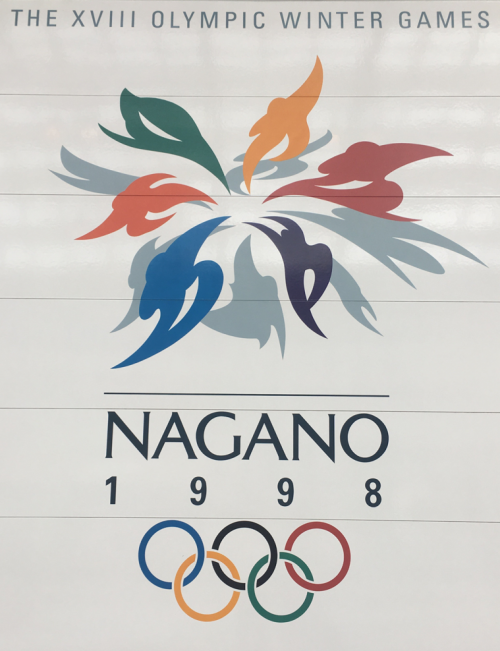
By the end of the Games, Germany finished atop the medal tally with a total of 29 medals – 12 gold / 9 silver / 8 bronze – with Norway and Russia in second and third respectively. As the host nation, Japan had a successful Olympics finishing seventh on the medal tally with a total of 10 medals – 5 gold / 1 silver / 4 bronze.
The following countries made-up the Top 10 nations:
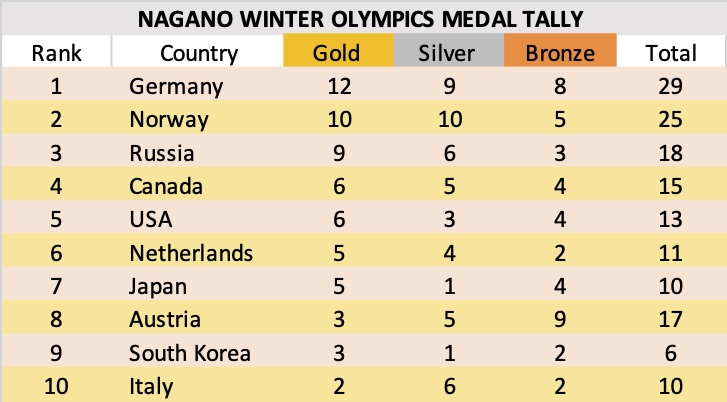
The games were notable for the introduction of snowboarding – approved as a medaled event for the first time – along with women's ice hockey and curling. Having become popular in Europe and North America in the preceding decade, a request was submitted in 1994 for snowboarding to become an Olympic event. With approval granted in 1995, snowboarding debuted at the Games from February 8th to 12th, with 125 athletes presenting 22 countries. Ultimately, athletes from Germany, France, Switzerland and Canada won the first-ever Olympic snowboarding medals.
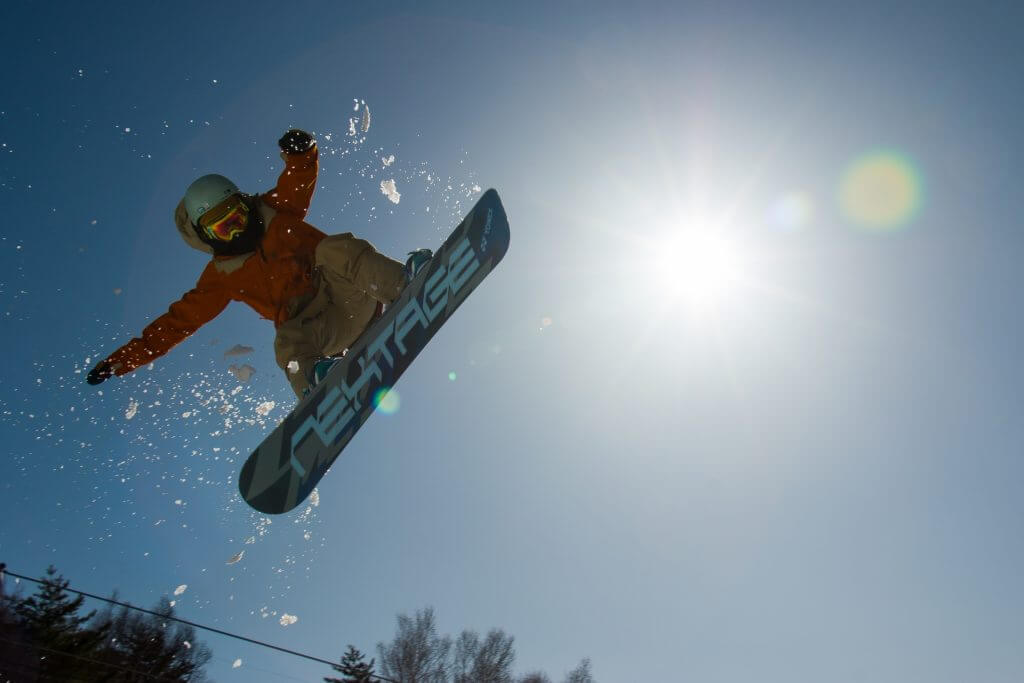
Events including figure-skating, speed skating and ice hockey took place at venues in Nagano City – including the Olympic Stadium, M-Wave, the White Ring, and Big Hat – with resorts including Shiga Kogen, Hakuba, Nozawa Onsen, Iizuna and Karuizawa hosting skiing, snowboarding and other sports.
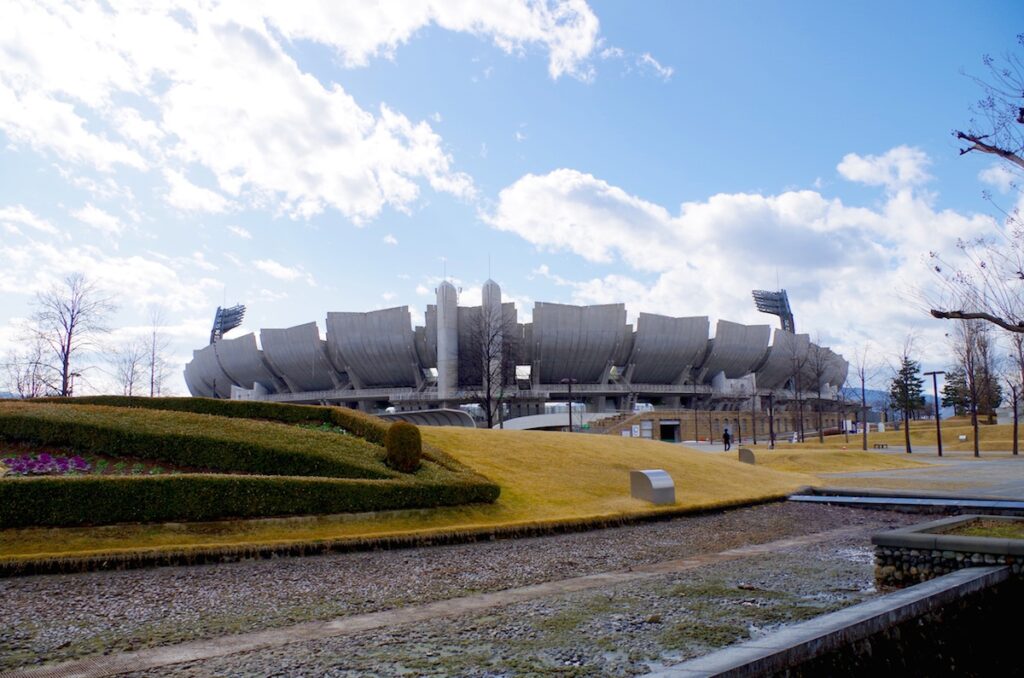
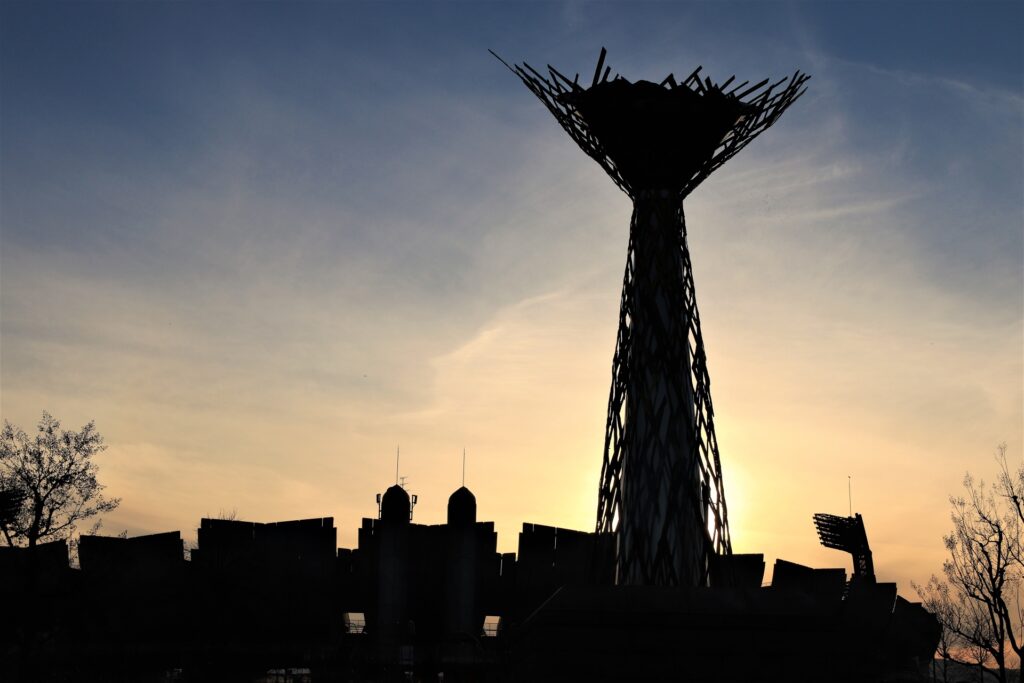
For Nagano, the Games led to the construction of the Hokuriku Shinkansen from Tokyo and highways connecting the region to the rest of the Japan – a development which in many ways opened-up Nagano to the world. Today, the Nagano Tomyo Lantern Festival takes place each February in commemoration of the Games and as a Buddhist act of thanks.
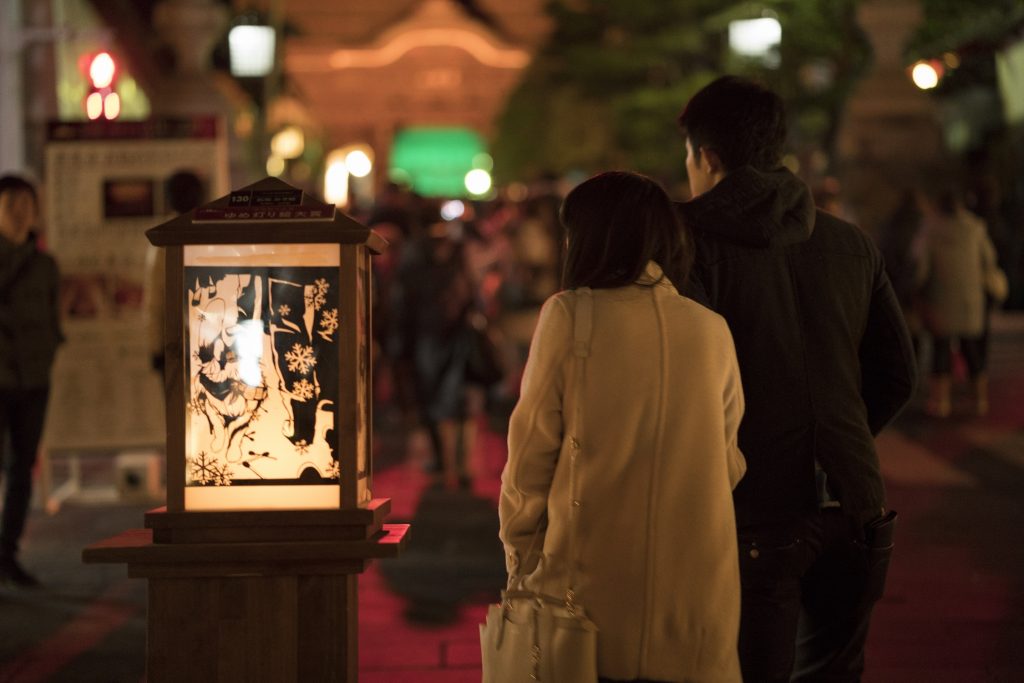
Proud of its role as host of the 1998 Winter Olympics, Nagano looks forward to the return of international visitors each winter as the memory and legacy of the Games lives on.
SKI RESORTS OF THE 1998 WINTER OLYMPICS
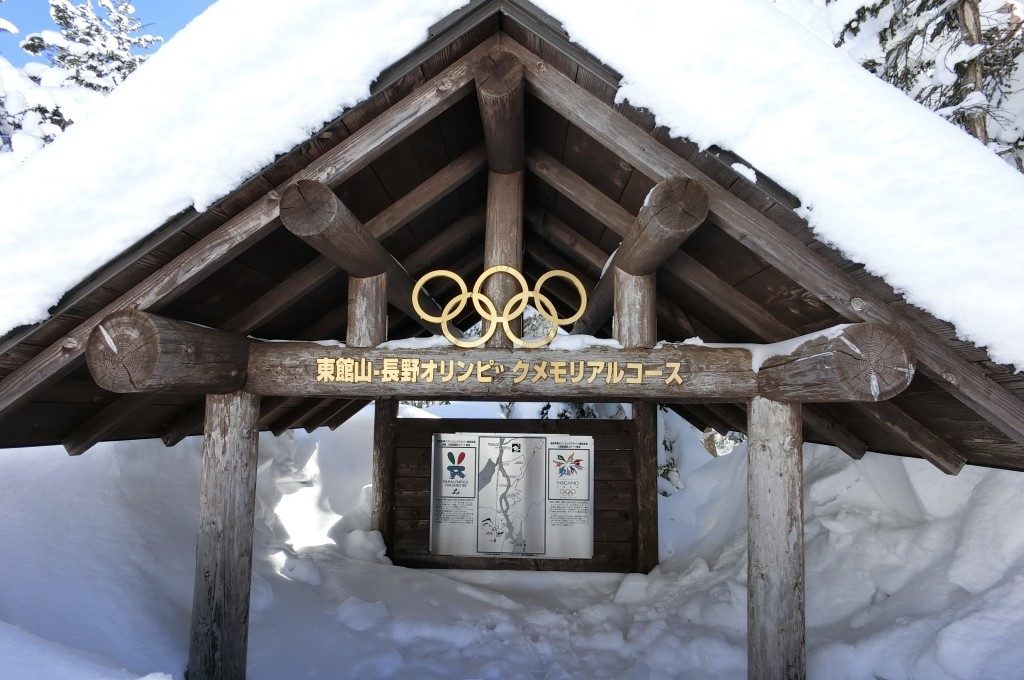
Nagano is home to around 80 ski resorts. Blessed with fantastic snow and a welcoming atmosphere, you really can’t go wrong when choosing a resort – or resorts! – to visit while here in winter. But for those of you looking to relive the Olympics, you might be interested in which resorts hosted events in 1998.

Somewhat surprisingly, out of those 80 resorts only a handful played host to Olympic sports. These were the selected few:
SHIGA KOGEN
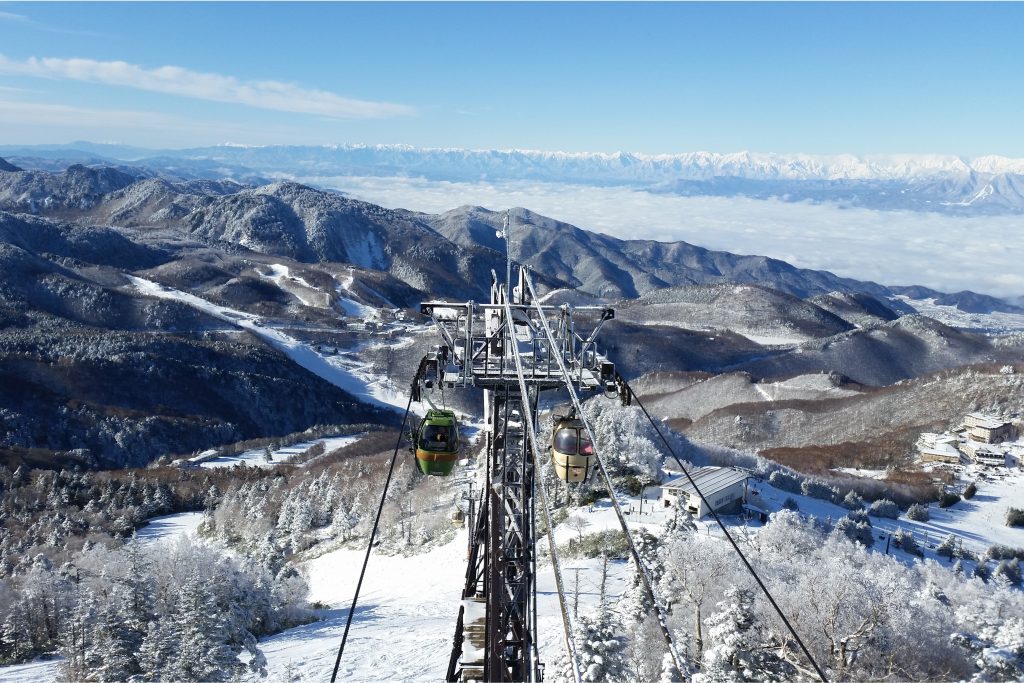
As Japan’s largest and highest ski resort, Shiga Kogen hosted several events in different areas of the resort. Notably for snowboarders, Shiga Kogen was host of the first-ever medaled snowboarding events at an Olympic Games. Yakebitai in Shiga Kogen hosted snowboarding slalom snowboarding and alpine skiing slalom events, while Higashidateyama hosted alpine giant slalom. The courses are still clearly marked today, allowing skiers and snowboarders to test themselves on Olympic runs.
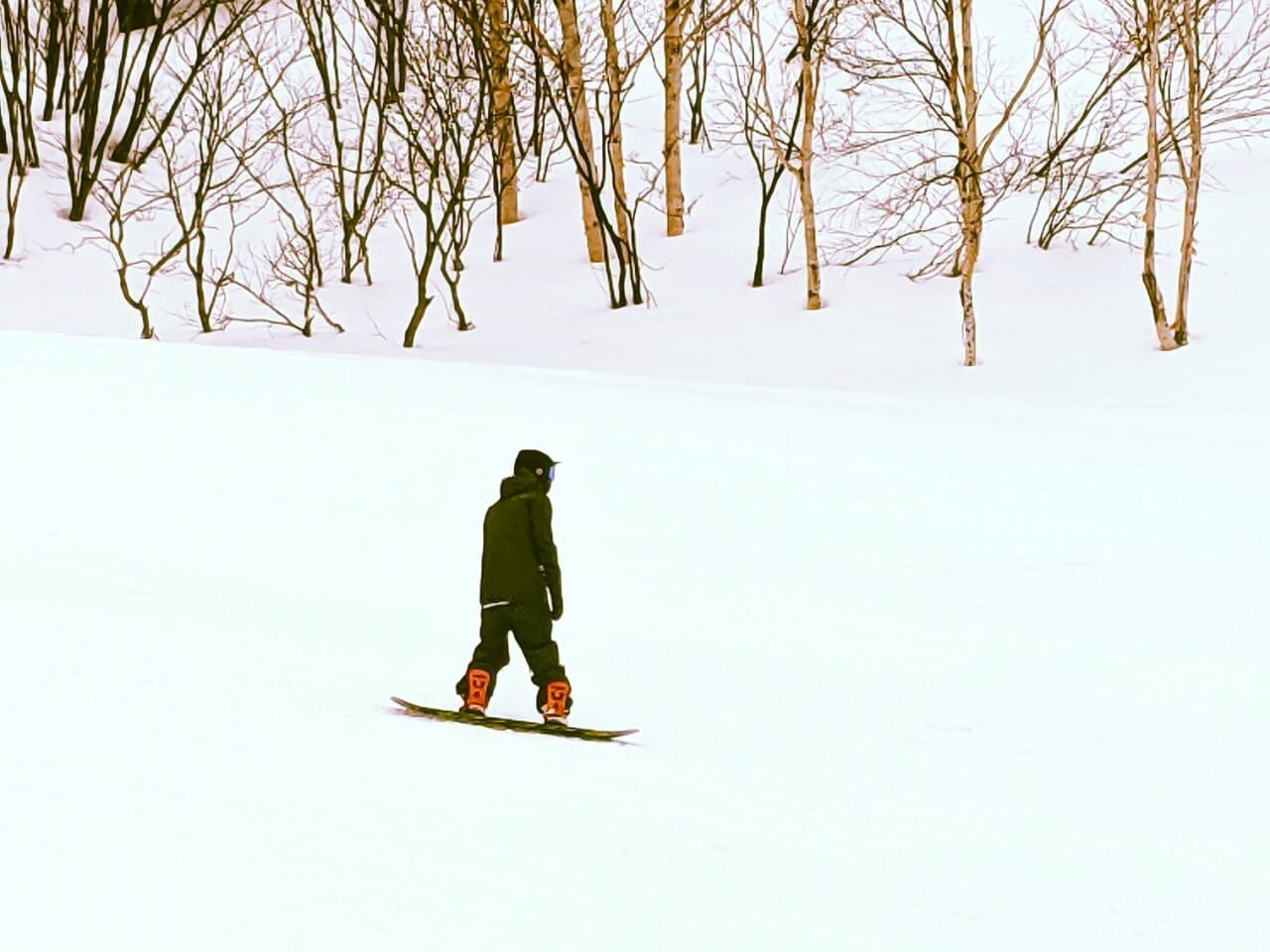
The ski fields of Yakebitaiyama are a particular favourite. Serviced by two gondolas transporting to the summit at 2000 metres, the beautiful tree-lined courses a delight – particularly on those big powder days.
KANBAYASHI SNOWBOARD PARK
The Kanbayashi Snowboard Park no longer exists but was located in Kanbayashi Onsen – most famous as home to the Jigokudani Monkey Park. For visitors using the Snow Monkey Express Bus to reach the park, when you arrive you will see a large grey concrete building. The park including half-pipe was directly behind where this building now stands – hard to believe it was once an Olympic venue.
NOZAWA ONSEN
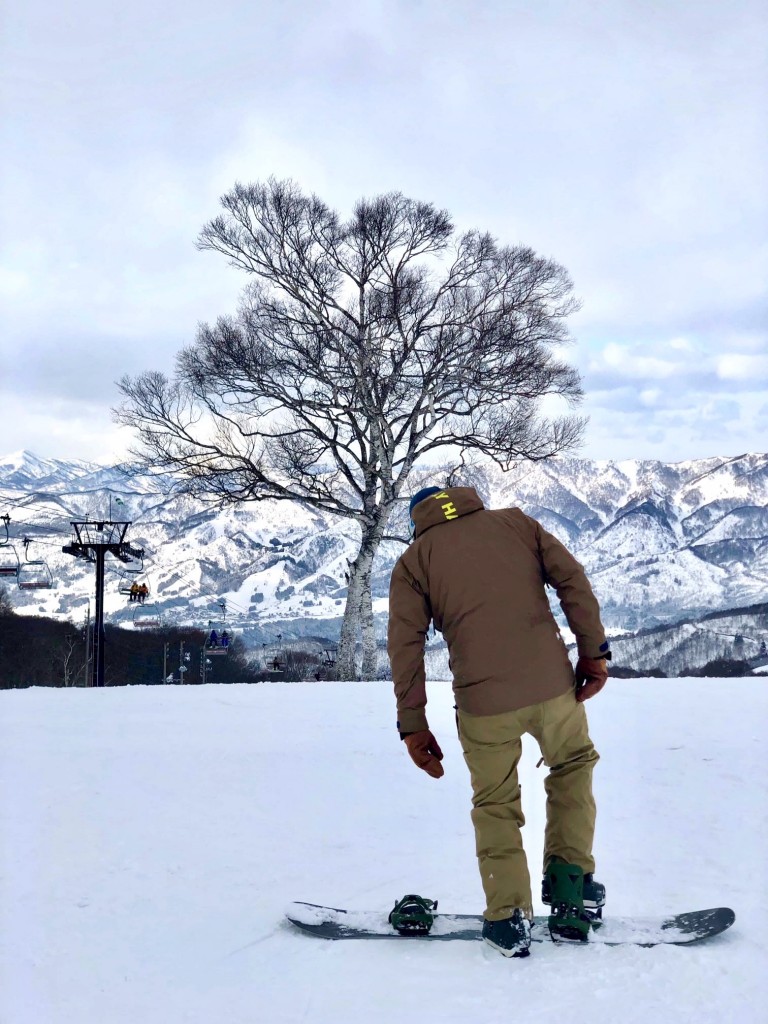
Less than an hours drive from Kanbayashi, Nozawa Onsen Snow Resort is one of Nagano’s most popular resorts. Ideally suited to snowboarders, Nozawa is blessed with great powder, mixed terrain and a lively village to keep you entertained at night. In 1998, it was less rowdy and hosted biathlon events. But don’t let that fool you! Nozawa is now very much a big favourite of international visitors and has a fun, youthful atmosphere.
IIZUNA KOGEN SKI AREA
Heading west, the small (and very quiet) resorts of Iizuna Kogen Ski Area played host to freestyle skiing, bobsleigh, luge and skeleton. Unfortunately Iizuna never achieved the popularity of other resorts and has recently closed.
HAKUBA HAPPO ONE
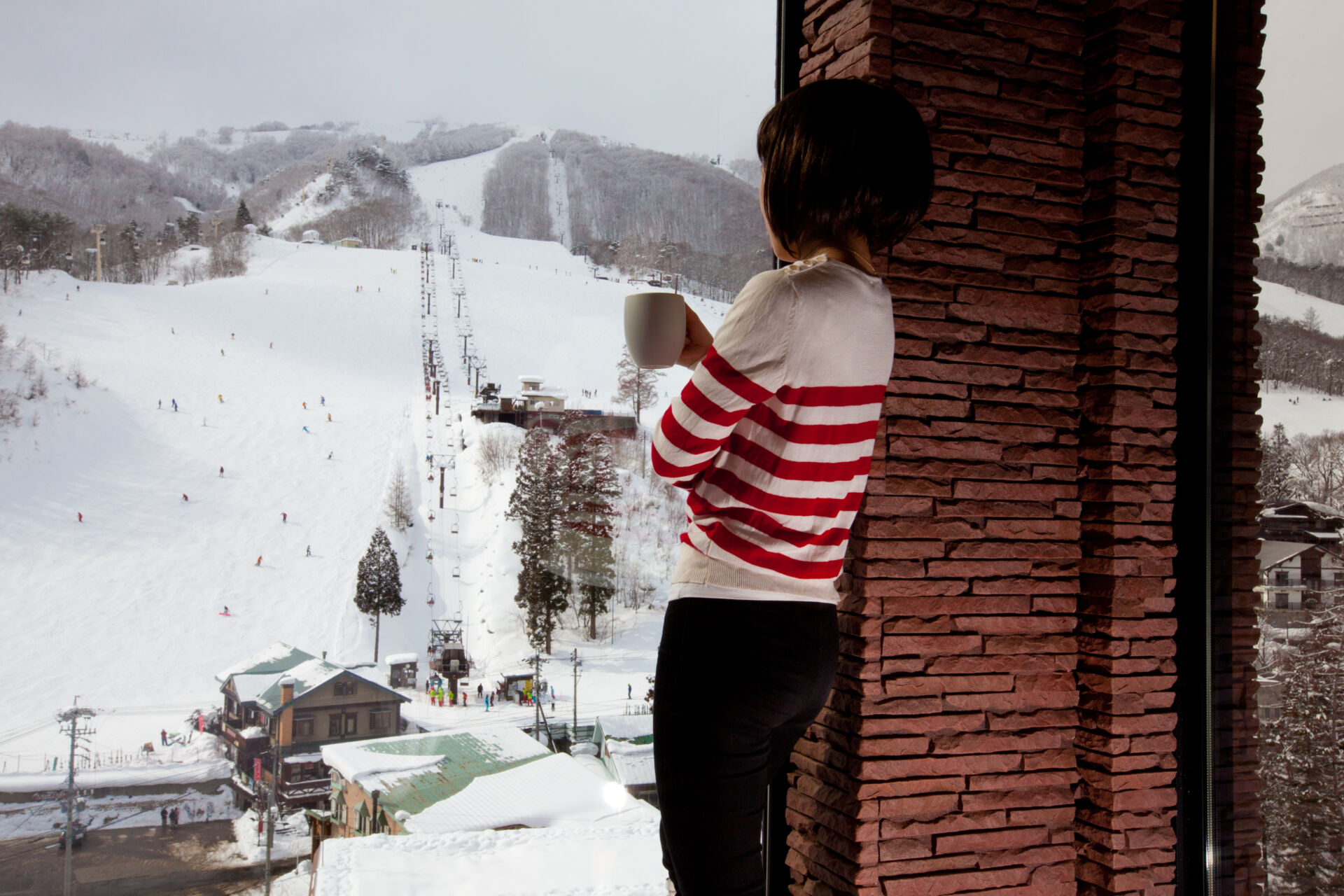
As the most popular and international resort in Nagano, visitors to Hakuba Happo One could be forgiven for forgetting which country they are in. Once another quiet ski village, the Olympics brought the resorts of Hakuba global attention. As host of the alpine skiing events including downhill, Supger G and combined, Happo One was the unofficial main venue of the Games. Construction of the Hakuba Ski Jumping Stadium and Snow Harp – which hosted cross-country and Nordic events – meant that Hakuba hosted the most sports and drew the biggest crowd.
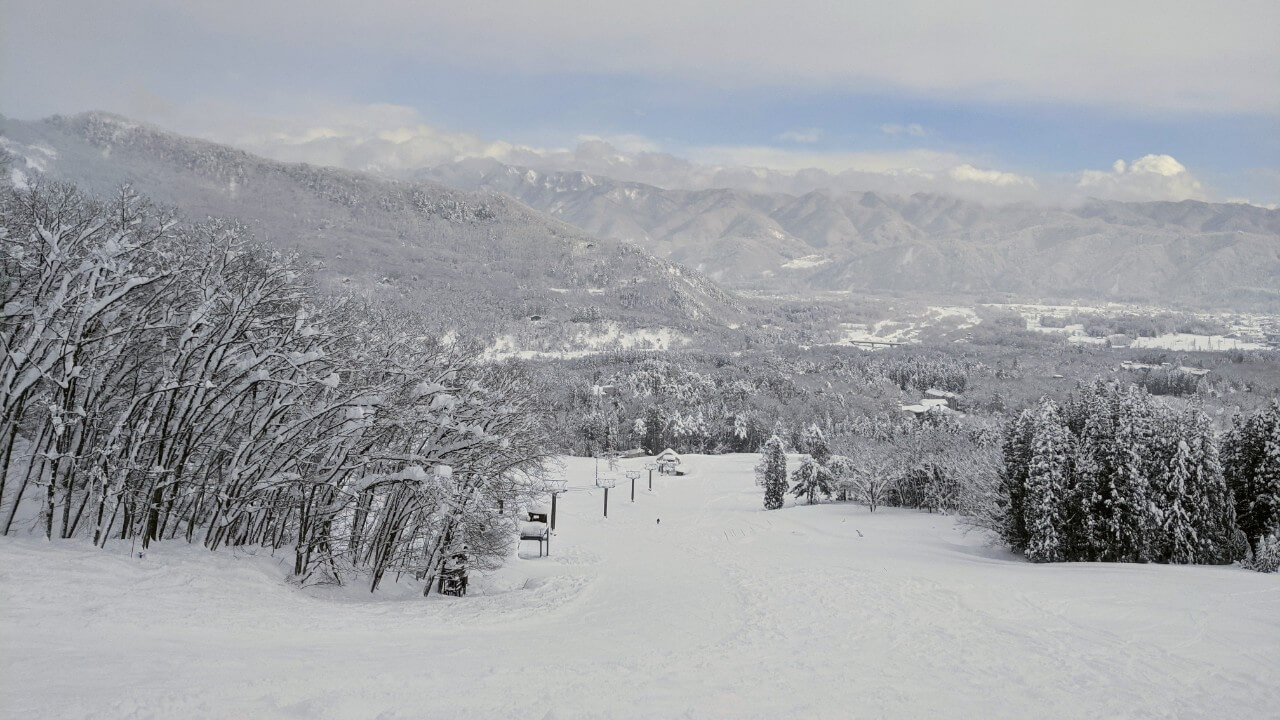
To this day, Hakuba’s international profile continues to grow and offers international visitors the largest range of facilities, accommodation, English-language services and all-important après-ski. One of ten ski resorts making the Hakuba Valley, skiers and snowboarders tend to fall in love with Hakuba and come back year after year.
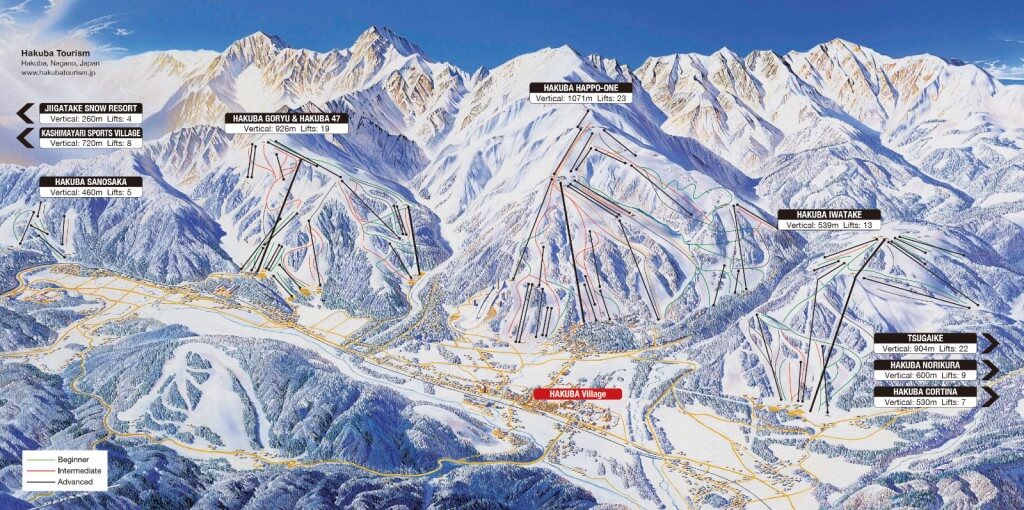
Of course none of that would matter (or exist) if the snow was no good. Sitting in the dramatic North Alps, Hakuba is blessed with a stunning alpine landscape and loads of great powder.
KAZAKOSHI PARK ARENA, KARUIZAWA
Finally, the small resort town of Karuizawa – a stop on the Hokuriku Shinkansnen line running from Tokyo to Nagano – played host to the first-ever Olympic curling events at the Kazakoshi Park Arena. Home to a small ski resort, Karuizawa remains popular with Tokyoites who frequent the town in both winter and summer to enjoy a little snow, shopping and dining or escape the heat later in the year... and enjoy a little shopping and dining.
OLYMPIC VENUES IN NAGANO CITY
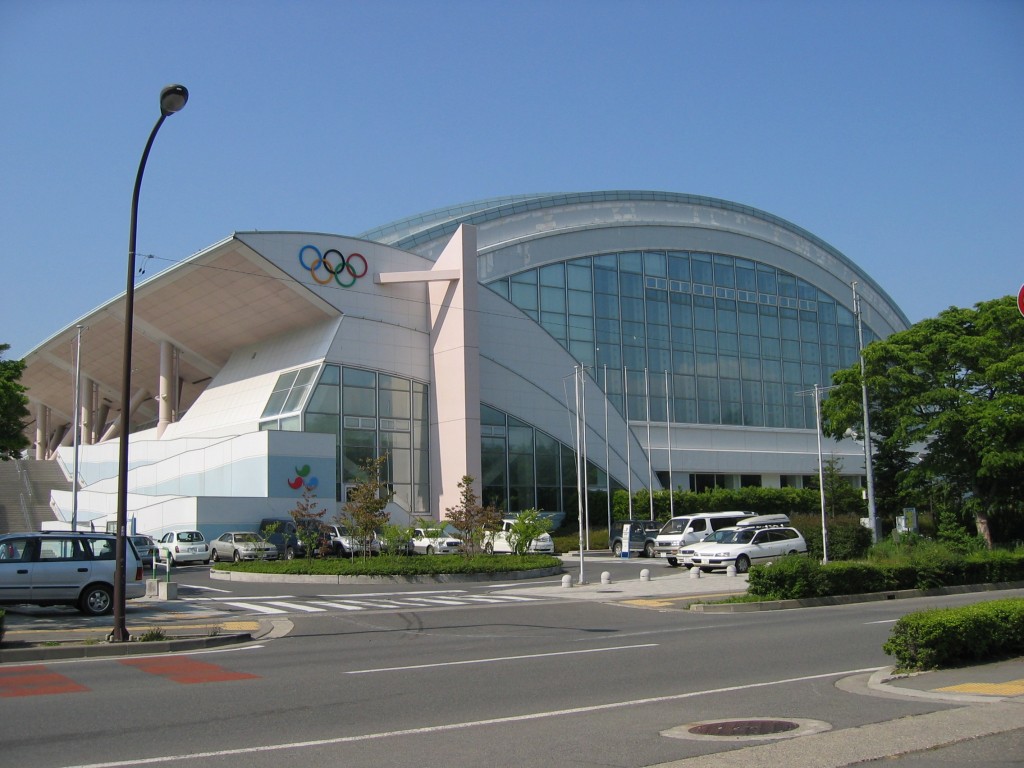
As host city of the 1998 Winter Olympics, Nagano was home to several sporting venues – all of which can still be visited - used for different events and sports during the Games.
The Olympic Stadium
The XVIII Olympic Winter Games were opened by Former Emperor Akihito on February 7th 1998 at the Olympic Stadium. Athletes from the 72 participating countries paraded in the stadium before the torch was lit. Approximately 60,000 people were in attendance for the opening ceremony and closing ceremony, held on February 22nd.

The stadium remains today, now called the Minami Nagano Sports Park, located approximately 20-minutes drive to the south of Nagano Station.
M-Wave
The distinctive M-Wave Olympic Memorial Arena hosted speed skating during the Olympics and has since then hosted the World Figure Skating Championships and various international speed skating events. Following the conclusion of the Olympics, M-Wave also hosted the opening and closing ceremonies of the Winter Paralympic Games.
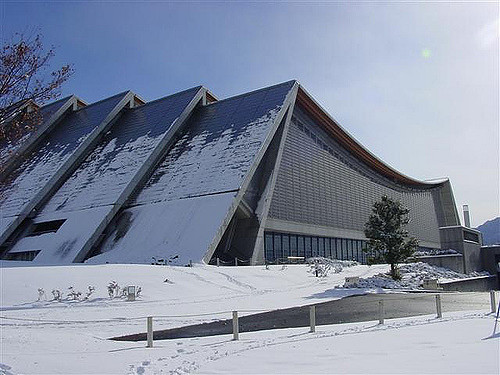
The multi-purpose area remains in use today – home to the Nagano Olympic Museum and ice-skating rink in winter – and hosts a multitude of events through the year including the International Skating Union (ISU) Speed Skating World Cup in late 2019.

M-Wave is located approximately 5km from Nagano Station and can be reached using the Nagaden local bus bound from Suzaka and Yashima, which operates from Bus Stop No.21 outside the station’s East Exit. The journey takes approximately 15 minutes. The museum and gift shop is open daily from 10:00 to 17:00 and admission is free.
White Ring Arena
During the Olympics, the White Ring Arena hosted figure skating and short track speed skating. Located around 15-minutes drive to the south of Nagano Station, the venue remains in use as an ice-skating rink.
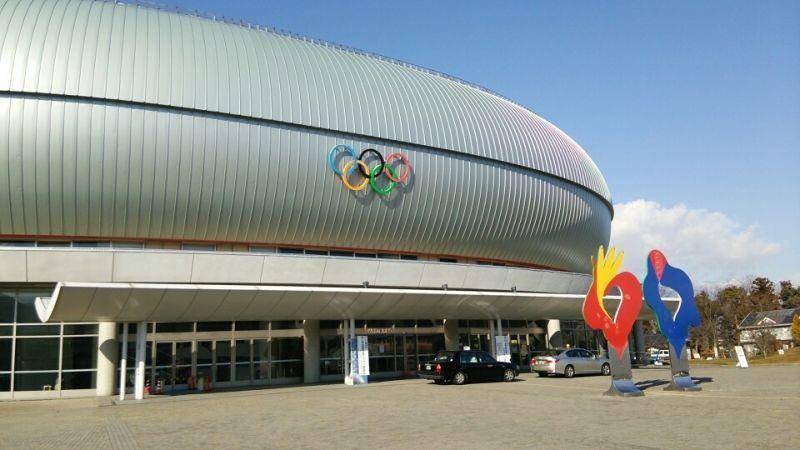
Since the Nagano Olympics, the White Ring has played host to other international sporting events including the Fédération Internationale de Volleyball (FIVB) Word Cup events in 1999, 2003 and 2011, the FIVB World Championships in 2006, and FIVB Men’s World Cup in 2019.
Big Hat
The simply named ‘Big Hat’ hosted ice hockey during the Olympics and remains one of the city’s busiest large venues today, regularly serving as a venue for music performances and large meetings.
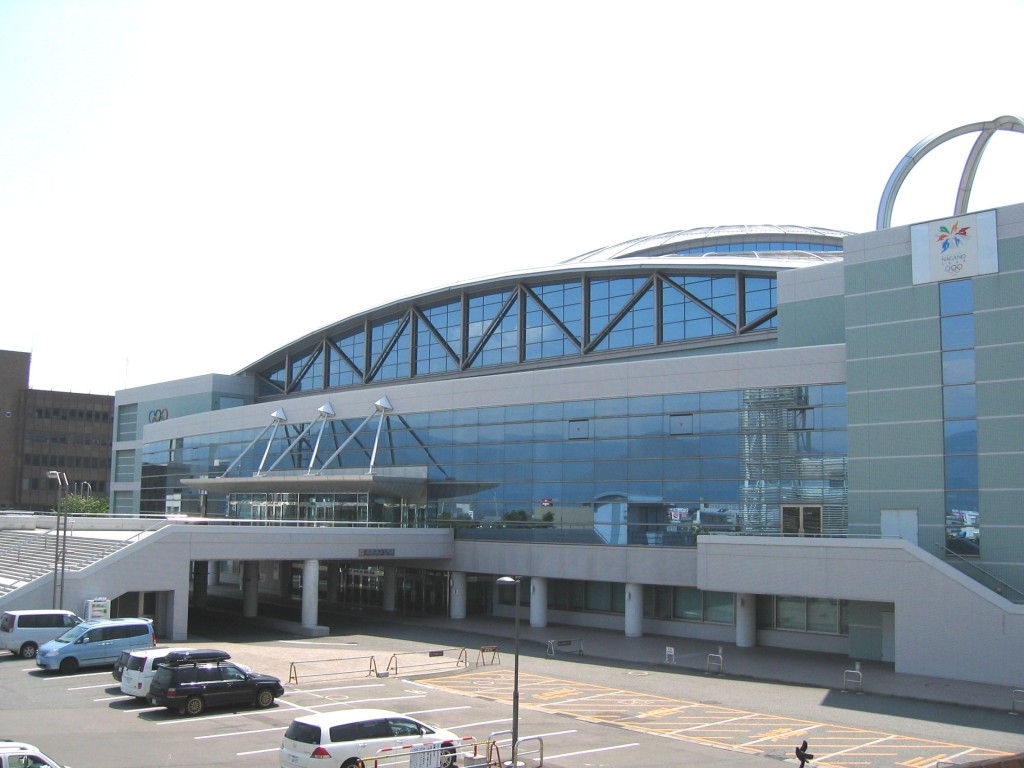
Relatively close to Nagano Station, Big Hat can be reached on foot in around 25 to 30 minutes.
The Aqua Wing Arena
Another venue used for ice hockey games in 1998, the Aqua Wing Arena is now home to water sports facilities. It’s around a 15-minute drive from Nagano Station (top image)
Hotel Kokusai 21
During the Nagano Olympics, Hotel Kokusai 21 in Nagano City acted as headquarters for the International Olympic Committee (IOC). Located approximately 15-minutes walk from Nagano Station and 10 minutes from the city’s famous Zenko-ji Temple, Kokusai 21 was chosen due to its central location, quality of service, in-house facilities including multiple restaurants and English-speaking staff.
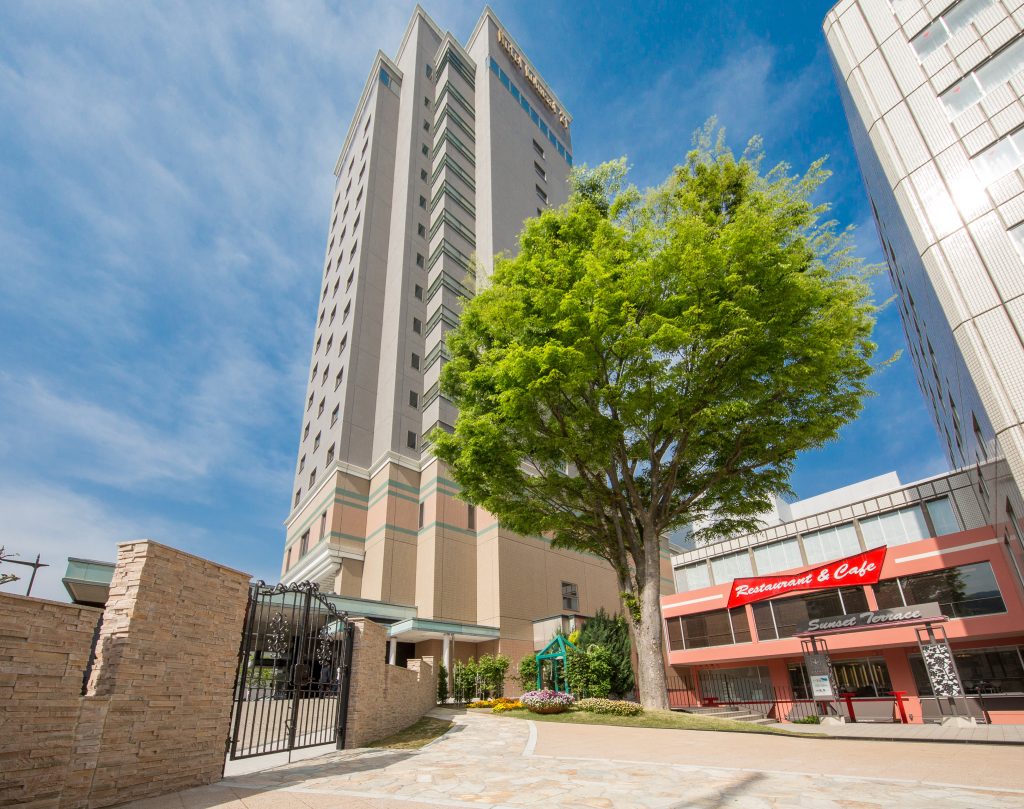
As headquarters of the IOC during the 1998 Olympics, Kokusai 21 established a reputation as Nagano City’s most international hotel – a reputation it holds to this day as it continually hosts participants of large events including teams competing in the FIVB Men’s World Cup and ISU Speed Skating World Cup in 2019.
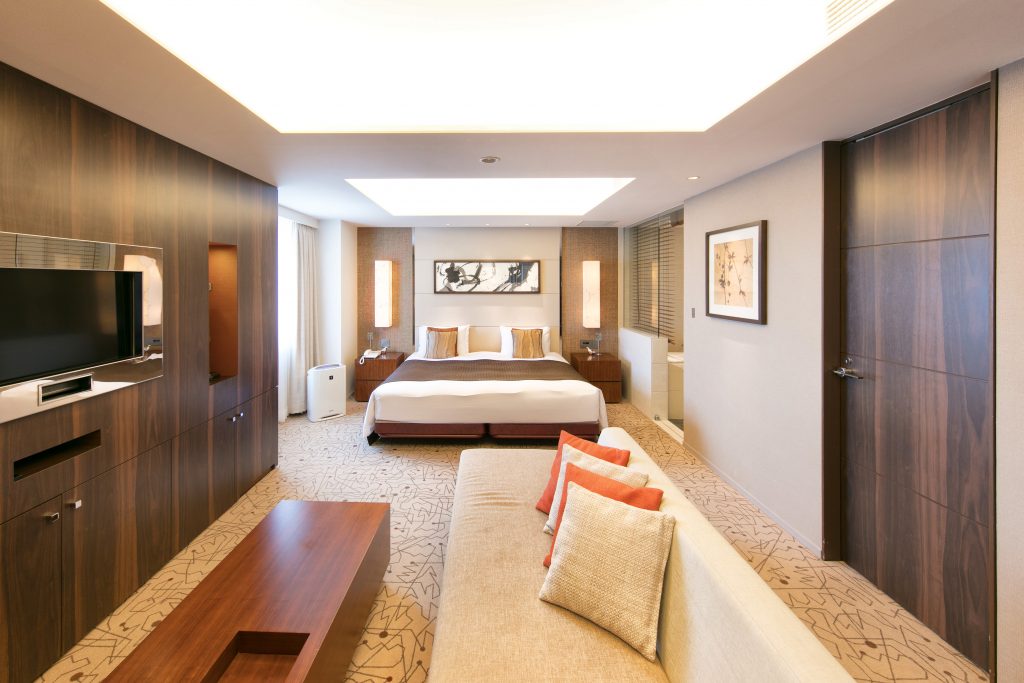
Offering a shuttle service to and from Nagano Station, Western amenities and a variety of in-house restaurants, Hotel Kokusai 21 is our recommendation when staying in Nagano City.
THE TOMYO LANTERN FESTIVAL

Since 2004, Nagano has celebrated its Olympic heritage with the annual Tomyo Lantern Festival. Beginning on the second Saturday of February, the festival runs for one week and sees the city’s historic Zenko-ji Temple bathed in light with countless ‘kiri-e’ or paper-cut lanterns lining the road to the temple.
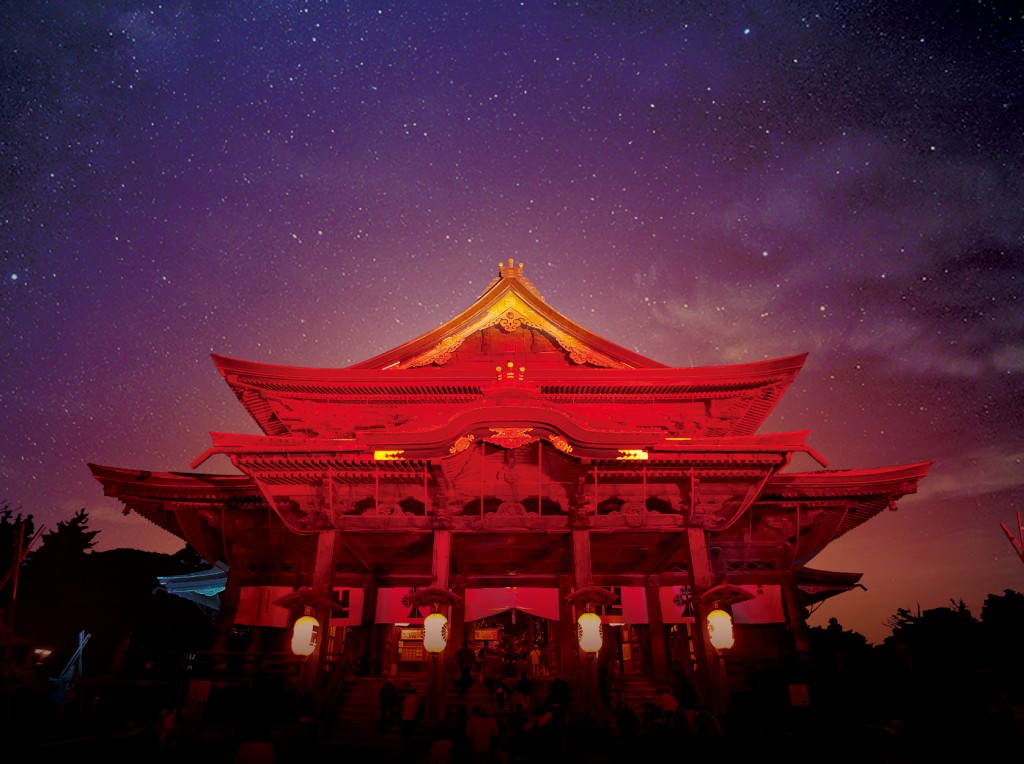
The word ‘tomyo’ means to give light to the Buddha – an important act of thanks, humility and merit-earning in Buddhism. During the festival, the temple is bathed in light and the surrounding streets – home to many ‘shukubo’ (Buddhist guesthouses) – place light installations in their courtyards, imbuing the winters night with a magical quality.
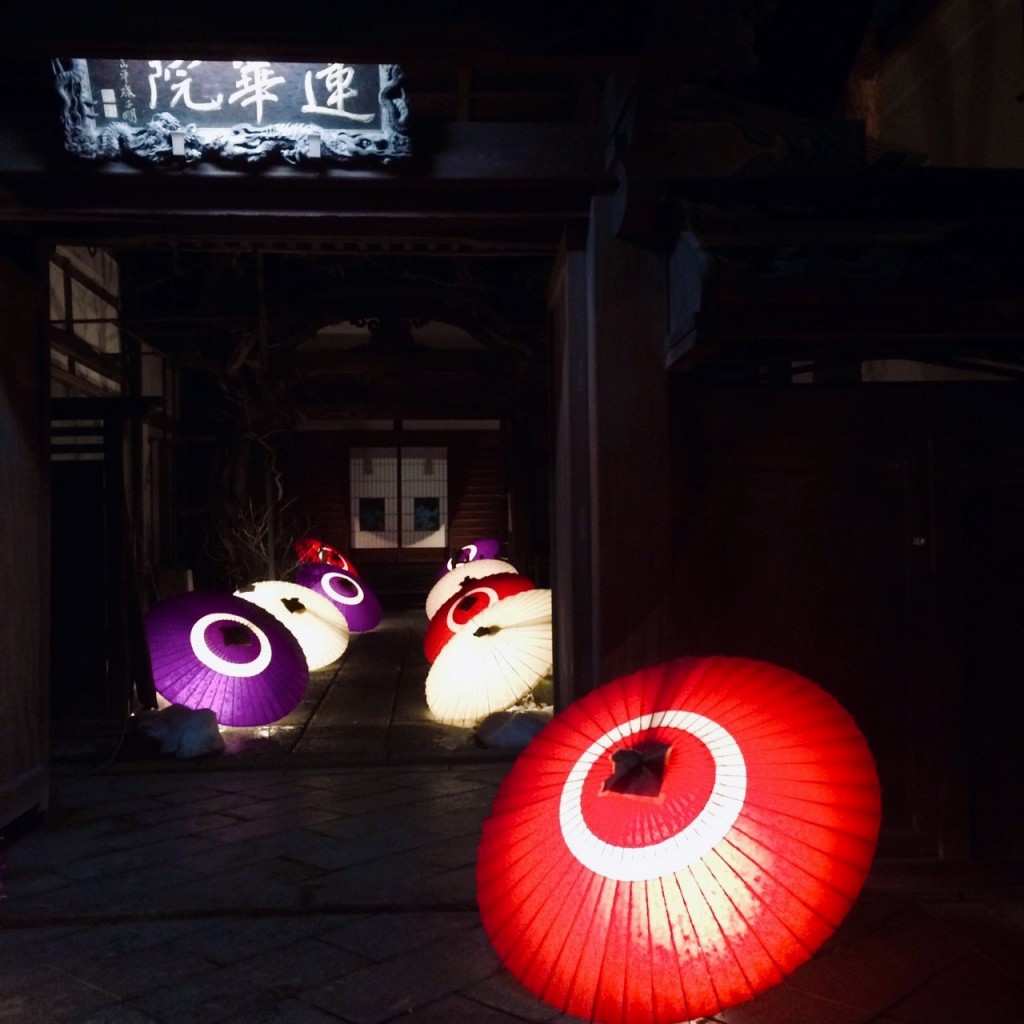
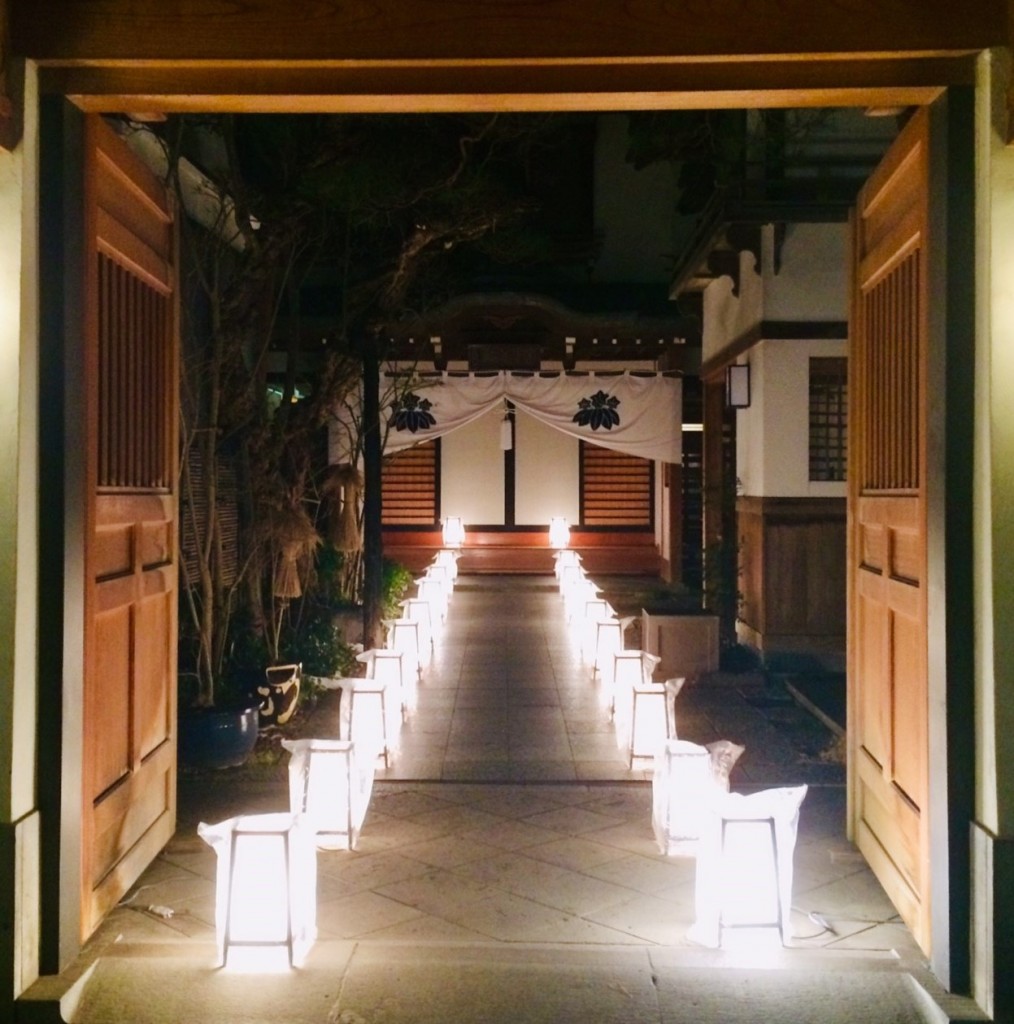
On the road leading to the temple – known as the ‘Omotesando’ or ‘Pilgrims’ Way’ – beautiful paper-cut lanterns light the way. Designed by local artists, hobbyists, and school students, these lanterns are adorned with four images on their sides and back-lit by a candle, setting a magical, shimmering atmosphere in the cold winter night, leading visitors toward the temple and its hidden Buddha statue.
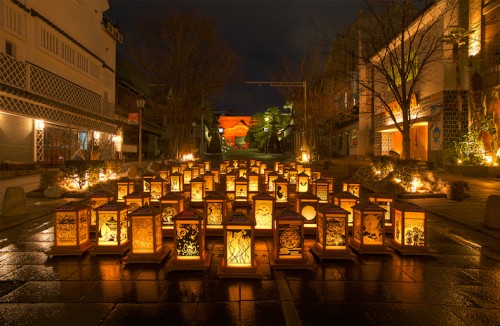
The temple itself is bathed in the Olympic colours, a humble celebration of Nagano’s heritage and pride in having hosted the XVIII Winter Olympics.
Attend the Festival on a Guided Tour
(Special Event) Nagano's Hidden Samurai Town & Tomyo Lantern Festival Tour
- Spots:
- Pick-up:
- Drop-off:
Visitors wanting to experience the festival in conjunction with a visit to the little known but historically blessed samurai town of Matsushiro, can do so on our 'Nagano's Hidden Samurai Town & Tomyo Lantern Festival Tour'. Including pickup and drop-off in both Hakuba and Nagano, this family-friendly tour transports you back in time for Samurai practice at the Bunbu Military Academy ( a real school once in use for Samurai children), followed by attendance at the festival.
TOURS AND CHARTERS TO OLYMPIC SITES
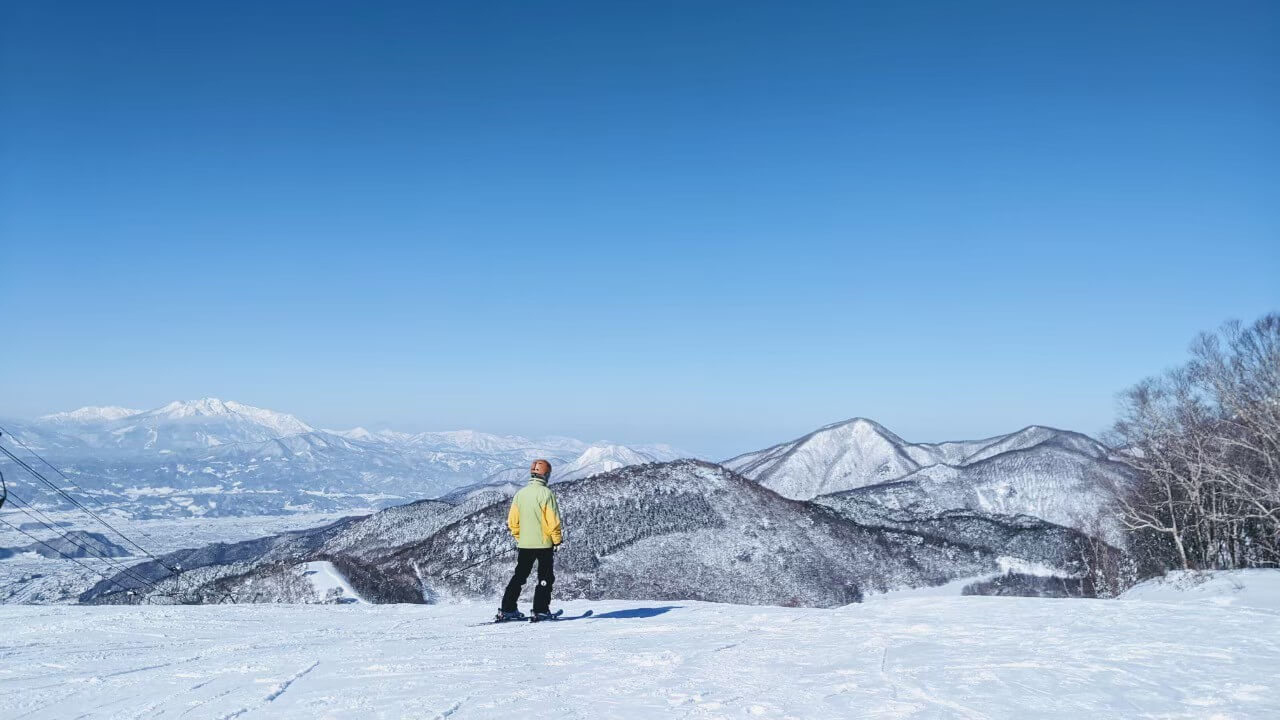
Based in Nagano City, we are perfectly poised to help sports fans make a pilgrimage to their favorite sites from the 1998 Winter Olympics. Regardless of the season, you can make a visit to Nagano and see where athletic history was made.
While this tour doesn't visit any specific Olympic area, it does take you to Shiga Kogen - the resort where many of the events were held. With lunch and an afternoon visit to the Snow Monkey Park included, this is a great option for families including younger children and those who don't care so much for anything Olympic related. Multiple options are available for enjoying some Japanese powder snow, including sleds and snow bikes.
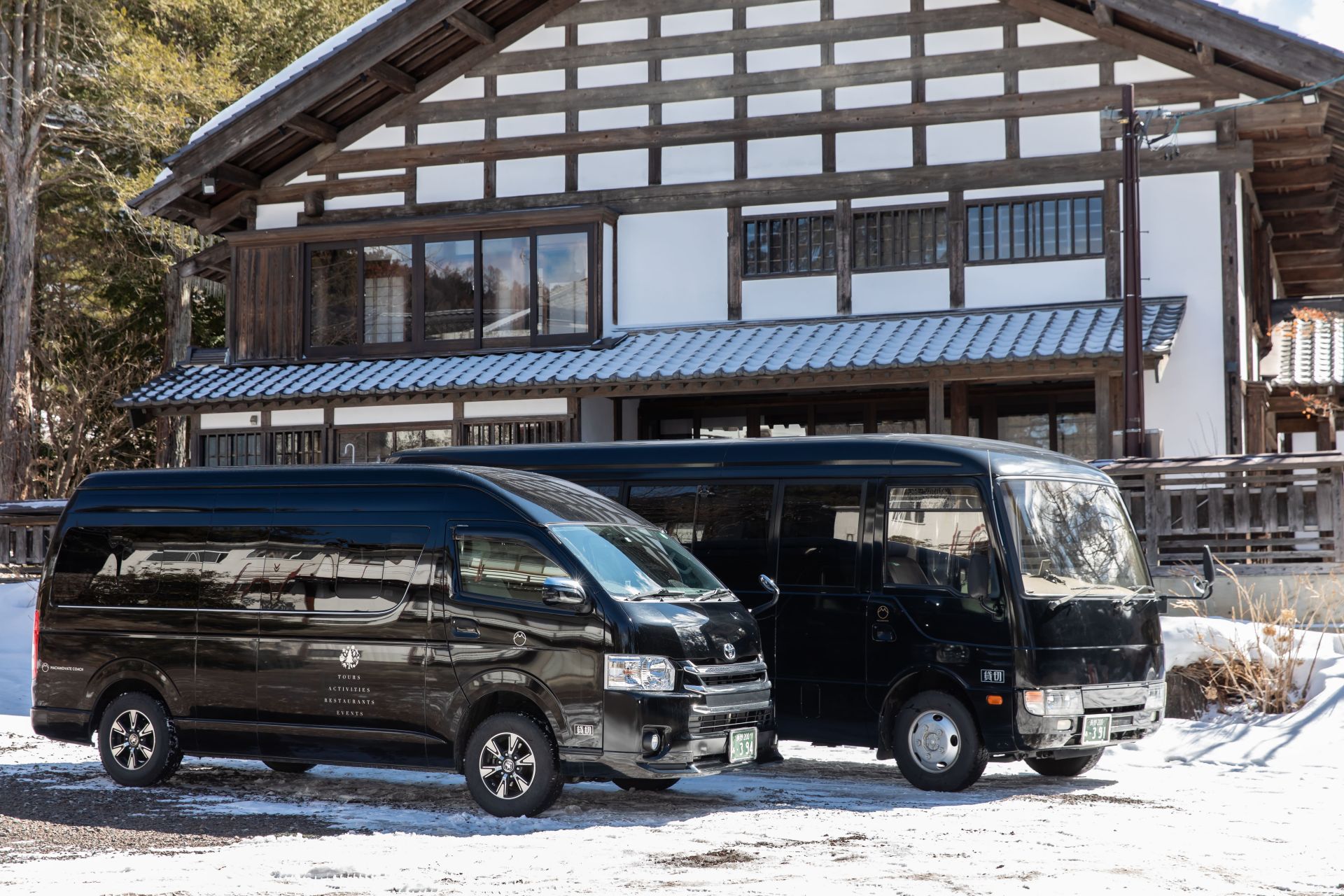
For those who are more serious about making a sports pilgrimage, we can also offer a private charter service - and even include a guide to make it your own private tour, if you wish! We offer door-to-door service and can take you to as little or as many destinations as you desire (within the bounds of what fits in a day, of course!). For more information or to make an itinerary, please click HERE.














